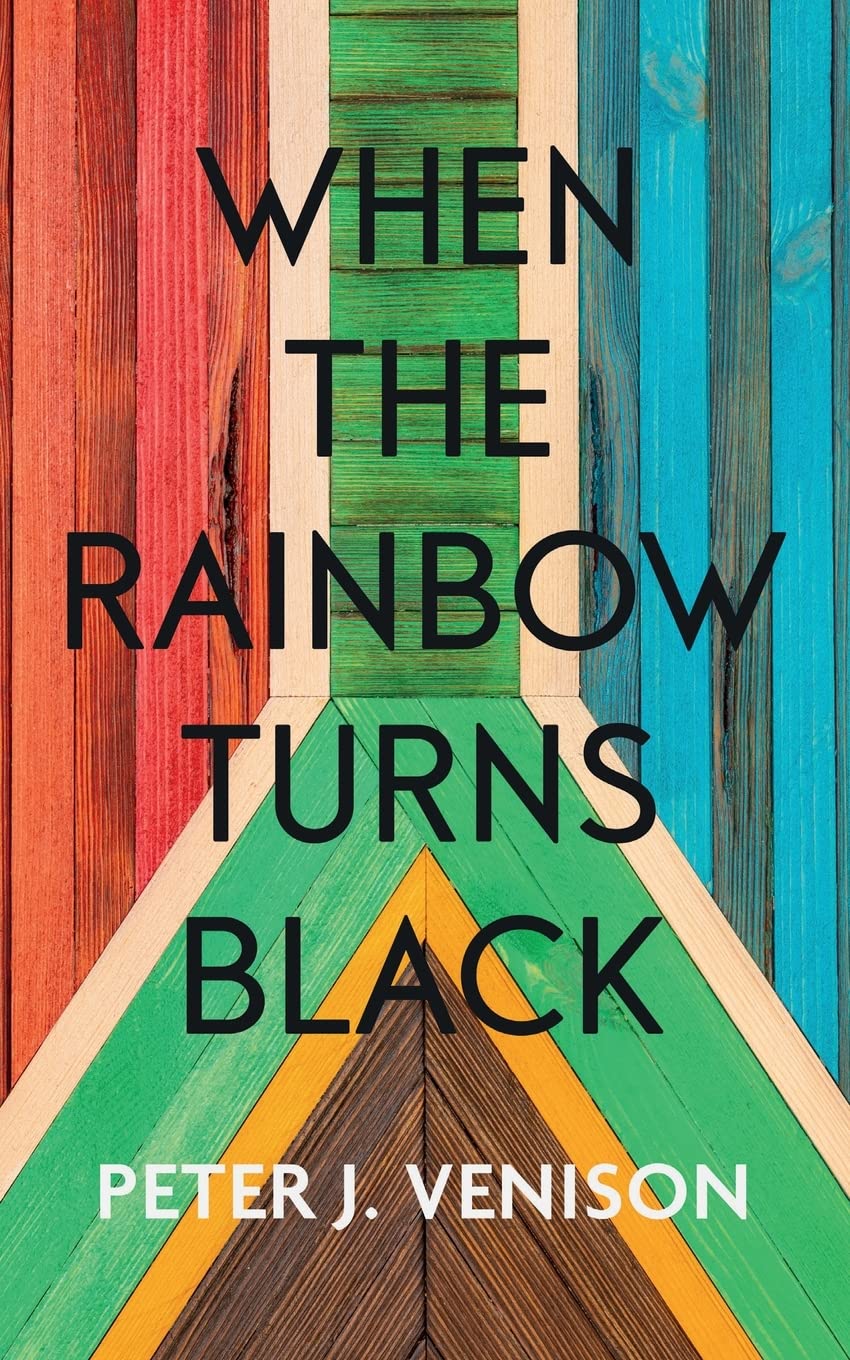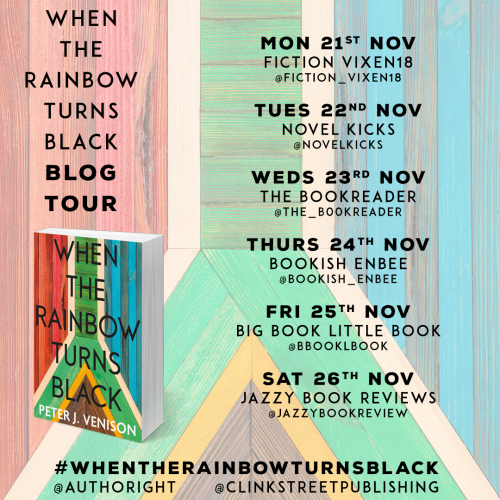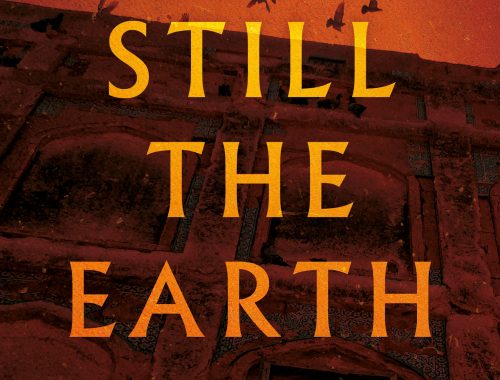
When The Rainbow Turns Black

Peter J. Venison
This is the epic story of four young men, born in obscurity in South Africa at the height of Apartheid. Two are white; two are black. All four achieve fame in their lifetime. It is also the story of the women in their lives, with mixed race marriage, love and deception, set against a background of huge political and social change. Expectations are high for the new Rainbow State, but will they be met amongst the corruption and greed that is endemic? Can our four find their way in the new South Africa or will they be derailed and overcome by events beyond their control or even by their own passion? Their journey through the world of international sport, show business and politics is riddled with twists and turns as they battle to prosper in the ever changing place they call home. Can our four young men survive and prosper in the post Apartheid era or will their futures and that of their country turn black? This is a rollercoaster ride that will keep you strapped to your seats from its humble beginning to its surprising end.
Extract
It is January, 1970. Two little boys are starting school for the first time. They both live in Randburg, a suburb of Johannesburg, South Africa. They are both white. One of them, Gerhadus, is quite nervous; the other, Lance, can’t wait. Randburg is a large suburb, covering several square miles and the two boys live in different areas, each with their own primary school. Gerhadus is attending the General Christian De Wet primary in Triomph and Lance, the Laeskool Jim Fourie in Crosby. They will both be taught primarily in the Afrikaans language, since their districts are heavily populated with Afrikaners, but, because English is the other official language in the country, they will also have lessons in English. They will be taught to neither speak nor write any of the other eleven languages in common use in the land of their birth; these are the languages of the native Africans, who make up 80% of the population.
Randburg is a mixed-race suburb. The “mix” is between Afrikaans and English speakers. Black children are not allowed to attend school in Randburg and black citizens are not allowed to live there, unless they are domestic servants with a special permit to do so. Blacks must live in specially designated areas, outside and often far from the white areas and, if they work in white areas, in anything other than domestic positions, they must commute daily to and from their work in overcrowded buses and decrepit and dented taxis. Kaffir taxis! If they do not have the fare, they must walk since bicycles are not commonplace. If a black is caught in a white area at night, without good reason, he will be jailed and most likely beaten up in the police van en route. There is a marked difference between the standard of homes in white and black districts. White homes, generally, are made of bricks, black ones with tin and straw. This is South Africa in 1970.
Not far from Triomph and Crosby, in the neighbouring suburb of Sandton, which is primarily an English-speaking area, a little blonde girl, Angela, is also attending primary school for the first time. She is very pretty. Everybody tells her that, so she knows it. Her mother, Sally, is an English immigrant who is married to a handsome Afrikaner. They have chosen to live in an English-speaking suburb because it was easier for Sally, but Dirk, her husband, has requested that their daughter attend an Afrikaans speaking primary school, lest his language be forgotten in their household. They have no other children. All suburbs are, by law, required to provide education in both official languages, irrespective of the preponderance of any one language in the area. Sally understands Dirk’s position but is not thrilled about the idea, since she feels it will be difficult for her to relate to the other mothers. Sally knows that, for young mothers, their best chance of making friends in a foreign land is by meeting other young mums at the school. Dirk is sympathetic to her plight but has asked her to, at least, try to make it work for the sake of his parents and other Afrikaans relatives.
Both Gerhadus and Lance are strapping lads for their age. They have been brought up in the sunshine of the Witwatersrand, at the centre of the plateau on which Johannesburg has emerged further to the discovery of gold. Their families are middle class Afrikaans folk. The bulk of the poor Afrikaners live in the southern suburbs of the city, so these two boys are privileged. Strom Van de Merwe, Gerhadus’ father, owns and operates a small trucking company; that is to say he owns two large trucks, which he keeps in a siding next to their home in Triomph, much to the chagrin of his neighbours. Strom, unlike his son, is a stick of a man, tall, wiry and thin. He has piercing grey eyes and a neat little moustache. Strom’s wife, Edna, is a housewife and mother. Unlike her husband, she is a large lady with strong solid legs and a spreading bosom. Gerhadus has one little brother, Frikkie, who is three years his junior. Frikkie is also a well-built boy; he absolutely idealises his big brother.
Lance’s folk are less well off than the Van der Merwes, but both his mother and father work. His dad, Rudy Hermanus, works for the post office. Rudy is a large, well-muscled man with a ruddy face and a cheeky smile. A good joke is never far from his lips. Lance’s mother, Becky, is a receptionist at the local doctor’s office. Becky is very popular and gregarious. Everyone who visits the doctor loves her and she casts aside their anxiety. Rudy and Becky also have a daughter, Bibi, who is one year older than Lance. Bibi is a pretty child with jet black hair and an olive skin. Some of the neighbours wondered if the handsome black garden boy, employed by the Hermanuses, had anything to do with her genes.

Publisher: Clink Street Publishing
Publication Date: 24th November 2022
Format: Paperback
Pages: 448
Genre: Fiction
Age: Adult
Reviewer: N/A
Source: N/A
Shenkin



